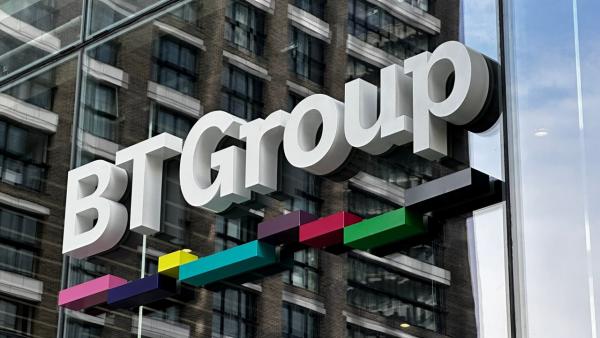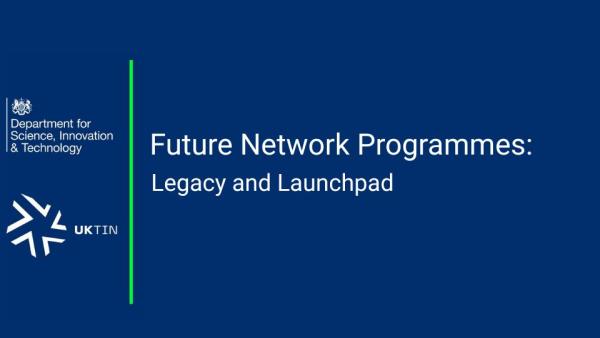
The 5G Innovation Region (5GIR) programme has seen 10 regions throughout the UK receive a share of £36m of funding as part of our wider programme to drive 5G adoption. Focusing on key sectors where there is local capability and opportunities, the projects aim to enable the UK to take full advantage of the transformative effect that advanced wireless connectivity and digital technologies can provide.
To help ensure that all regions can benefit from the work being done by the 5G Innovation Regions, UKTIN is inviting each of the projects to present to our Clusters forum. Most recently, a presentation was given by Matt Smith, the Programme Manager for the River Severn Partnership Advanced Wireless Innovation Region.
Please tell us about your 5GIR project.
We want to make the Severn, Wye, Warwickshire Avon and Teme catchment areas the most vibrant and resilient river network, where an exceptional quality of life, prosperous local economies and an outstanding natural environment are driven by a programme of innovation.
Managed by Shropshire Council, and supported by Birmingham City University, Water Resources West, Warwickshire and Worcestershire, the River Severn Partnership aims to develop use cases that demonstrate the viability of advanced wireless technology; encourage the adoption of advanced wireless technologies in the water, rural and public sectors; drive economic growth and environmental impact; and invest in activity that benefits every part of the region.
Why is this 5GIR project needed?
To reduce flood risk, secure future water resources and improve and deliver shared natural assets. The area consists of three million people across seven counties in Wales, the West Midlands and South West England. The current land value at risk of fluvial flooding is over £20 billion, and the average cost of current fluvial flooding is over £28 million per year.
Almost 500 firms from key sectors in the region are expected to engage with the project and 30 farmers will be investing in AWC technology. Participants in a number of the Use Cases can anticipate significant benefits from their involvement including increases in crop yield and quality; reduction in emissions; and high volumes of water harvested .
- What progress have you made?
In terms of water, we are working on a precision irrigation project; rainfall nowcasting; real-time water quality measurement; and smart abstraction. Our rural projects include 5G enabled Agri-Tech applications on university run and commercial farms, ammonia reduction and an agricultural show tour.
From the public perspective, we have identified a series of digital champions from each of the organisations and are working on a bunch of collaborative projects, including coming up with policy solutions to some of the problems facing wireless deployment and adoption. We are producing small-scale use cases as well.
On the enabling side, we are undertaking the UK’s largest ever independent Mobile coverage survey with Streetwave, in addition to providing booster loans and small grants. What have you learned so far?
Most of our geography is deeply rural and therefore, our public 5G is - and will likely remain - patchy. We are therefore not solely focused on 5G, but have learned that looking at the full spectrum of connectivity increases the prospects of downstream adoption. Our central aim is to embed ‘wireless’ in the decision-making process of local organisations which will stimulate demand for higher speed, lower latency and higher capacity connectivity.
Head to the River Severn Partnership website to learn more, and find out more about the UKTIN Clusters Group here.









